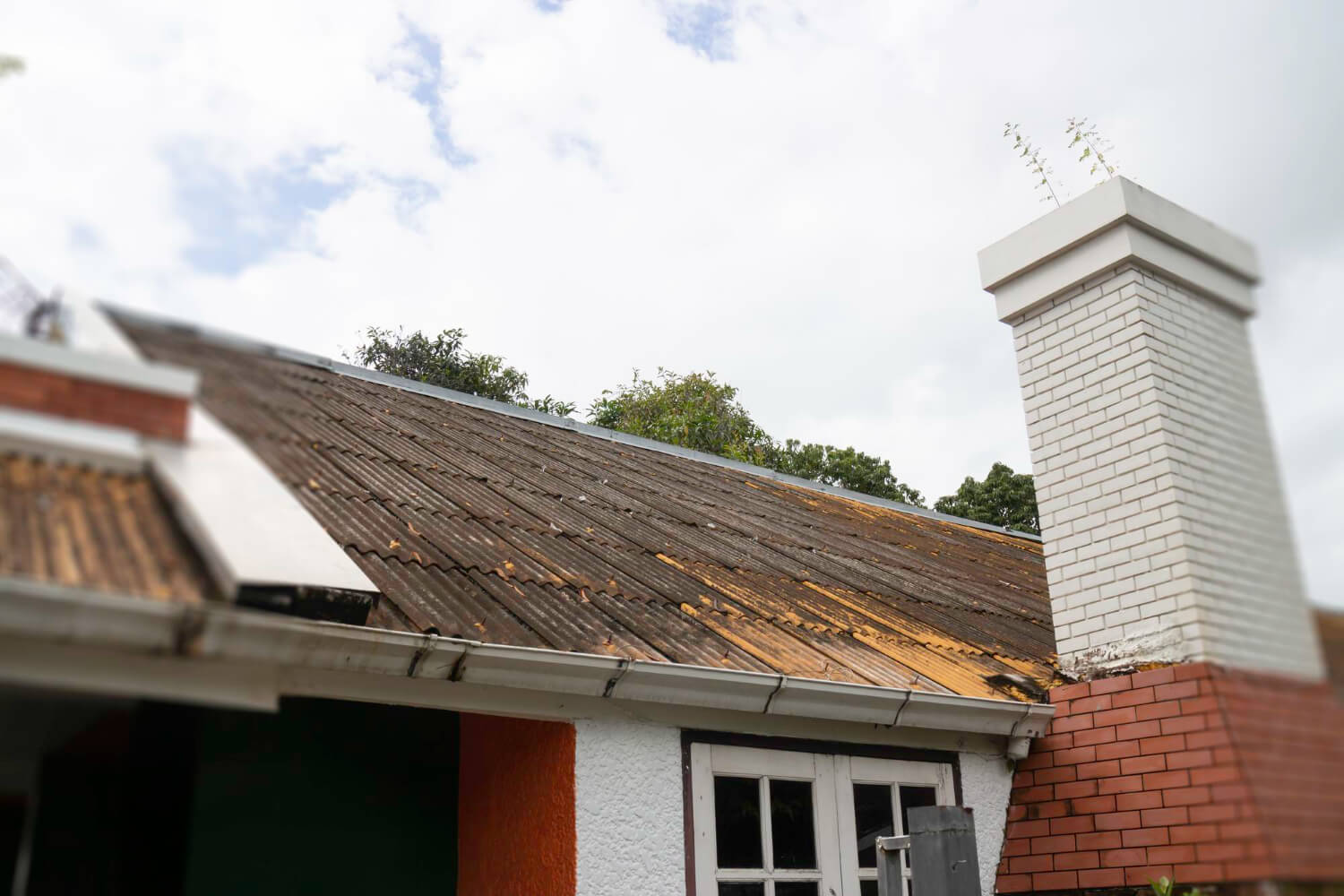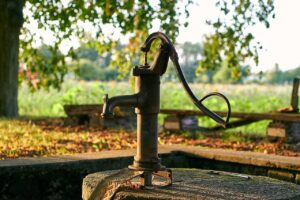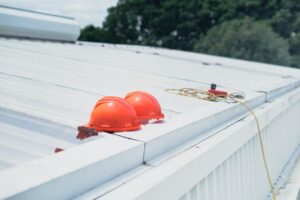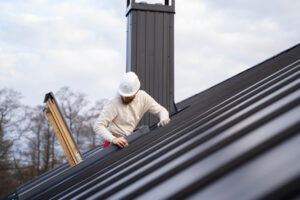When homeowners think about damage to their property, roofing issues might not be the first thing that comes to mind. Nevertheless, roofing problems can lead to significant internal damage that can compromise the integrity of your home and its aesthetic appeal.
Identifying these issues early can save you from costly repairs and maintain the value of your property. In this article, we will explore the various signs indicating that your home interior may be suffering due to roofing issues, providing you with the knowledge needed to take action swiftly.
Water Stains on Ceilings and Walls
The appearance of water stains on your ceilings or walls can be one of the most obvious indicators of roofing problems. These stains often begin as small spots, eventually spreading and darkening if left unaddressed. The discoloration is typically a sign of water leaking from the roof, which can cause severe interior damage.
Persistent leaks can rot wood and promote mold growth, which poses health risks to the inhabitants. Take note of the pattern of staining. If they appear in clusters or streaks, this might signal a more significant problem, requiring immediate attention to prevent further damage. Regular inspections of your roof and attic can help detect such issues early on.
Understanding Home Value Implications
Repairing roofing issues protects your home and safeguards its market value. The team behind roofomega.com says that maintaining your roof is crucial for preserving the structural integrity and appeal of your home. A well-kept roof provides prospective buyers peace of mind, knowing they won’t face unexpected repairs shortly after purchase.
Poor roof conditions can deter potential buyers and significantly affect offers on the property, as many will think about roofing issues as major red flags. When a roof is in disrepair, it elevates the perceived risk of hidden problems elsewhere in the home. Roof inspections can act as a proactive measure, ensuring that when it comes time to sell, homeowners secure the best price possible. Ignoring necessary maintenance can lead to bigger problems down the line, both in terms of costs and impact on home value.
Increased Energy Costs
Unexplained rises in energy costs can sometimes be traced back to roofing issues. If your roof has leaks or is poorly insulated, your heating and cooling systems work overtime to maintain the desired temperature, leading to higher bills. Inspecting your roof for missing shingles or damaged flashing can help ascertain whether your increasing energy costs have an underlying roofing issue. A properly sealed roof should provide adequate insulation and the necessary barrier against outside weather elements, ensuring your energy systems operate efficiently.
Damaged or aging roofing materials often lose their ability to reflect heat, causing your home to absorb more warmth during summer months. Homeowners may notice uneven temperatures in different rooms, signaling that energy is escaping through compromised areas of the roof. Addressing these problems through repairs or roof replacement can restore energy efficiency and reduce monthly utility expenses. Regular maintenance checks help catch small issues before they escalate into costly repairs or long-term energy loss.
Visible Mold and Mildew Growth
Mold and mildew can thrive in damp environments, often stemming from leaks in the roof. If mold appears on walls, in corners, or behind shelves, it may indicate a roofing issue. Mold creates an unsightly appearance and has detrimental health impacts for those with allergies or respiratory issues.
Professional remediation may be required if mold spreads significantly, further escalating repair costs. Regular checks for signs of mold or mildew, particularly after heavy rain or storms, can help homeowners catch roofing issues before they worsen.
Shingle Damage or Missing Shingles
Regularly inspecting the shingles on your roof can catch potential issues before they escalate. Missing, cracked, or curling shingles can indicate that your roof is nearing the end of its lifespan or that it has sustained recent damage.
Such problems affect the roof’s ability to protect against elements and increase vulnerability to further internal damage. If you notice several damaged shingles, it may be an excellent time to get a professional opinion on whether your roof needs repair or replacement.
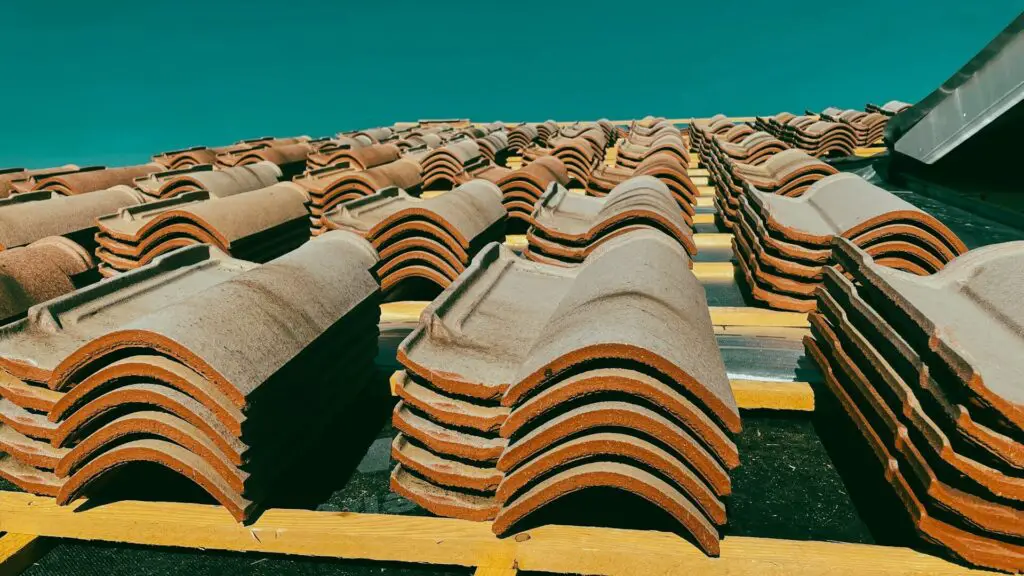
Damaged shingles allow moisture to seep into the underlying structure, leading to leaks and water damage. Wind and heavy rain can easily dislodge already weakened shingles, worsening the problem. Homeowners can prevent costly repairs by addressing shingle issues as soon as they appear. Replacing missing or broken shingles helps maintain the roof’s integrity and appearance. Taking prompt action keeps minor problems from turning into major structural concerns.
Cracks in Interior Walls or Ceilings
Cracks developing on interior walls or ceilings can stem from various issues, particularly if they appear. Roofing problems can often lead to settling issues within the home, resulting in visible cracking.
Multiple cracks can mean that water has seeped in and affected structural components, calling for prompt assessment and repair to prevent further degradation of the home structure. Addressing roof issues early can prevent the notorious cycle of repair delays caused by continuous interior deterioration.
These cracks often widen if left unattended, signaling worsening underlying problems. Homeowners should inspect for signs of moisture, such as discoloration or bubbling paint, alongside visible cracks. Repairing the roof’s source of leak can halt additional damage and preserve the home’s stability. Professional evaluations can help determine whether the cracks are purely cosmetic or indicate deeper structural concerns.
Unusual Drafts in the Home
Unanticipated drafts throughout your home might indicate gaps in the roofing material or insulation. Roof issues can create a channel for outside air to penetrate, making your home less comfortable.
These drafts can lead homeowners to turn up the heat or air conditioning, ultimately increasing energy costs. Noticing drafts should prompt immediate inspection of your roof and insulation, as properly functioning roofing systems help regulate indoor temperatures effectively.
Unaddressed gaps in roofing can allow moisture and pests to enter, compounding household issues. Homeowners can check for drafts by feeling around windows, doors, and ceiling edges, especially during windy days.
Sealing leaks or replacing damaged roofing materials restores proper insulation and prevents unnecessary energy loss. Installing additional insulation in attic spaces can further improve temperature control and home efficiency. Taking quick action against unusual drafts helps maintain both comfort and cost-effective energy use year-round.
Regular maintenance checks, early detection of issues, and timely repairs can keep roofing problems from resulting in severe interior damage and expensive repairs. Regular commitment to roof upkeep will extend its life and protect the integrity and value of your home.

